Ankel sprain:
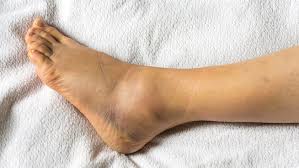
Table of Contents
Definition of Ankle Sprain :
–An ankle sprain is an injury to the tough bands of tissue (ligaments) that surround and connect the bones of the leg to the foot. The injury typically happens when you accidentally twist or turn your ankle in an awkward way. This can stretch or tear the ligaments that hold your ankle bones and joints together.
A common musculo-skeletal injury in which the ligaments of the ankle partially or completely tear due to sudden stretching. This typically occurs when the ankle is suddenly “twisted” in a sports activity or by stepping off an uneven surface. The pain is initially severe and can be associated with a “popping” sensation.
Immediate swelling over the area of injury often occurs as the injured blood vessels leak fluid into the local tissue. Partial tears retain some ankle stability, whereas complete tears lose stability because the strapping ligaments no longer brace the ankle joint.Initial treatment is with ice, rest, and limiting the amount of walking and weight bearing on the injured ankle. The leg can be elevated to reduce swelling, and crutches are often recommended to avoid further trauma to the injured ligaments.
Anti-inflammatory medications can be given to reduce local inflammation. Severe injuries are placed in immobilization casts. Surgery may be needed for complete tears. Physical therapy programs are part of the rehabilitation process, incorporating strengthening exercises of the lower leg muscles.
Which are the common cause of Ankle sprain ?

Ankle sprain occurs when your ankle is forced to move out of its normal position, which can cause one or more of the ankle’s ligaments to stretch, partially tear or tear completely.Causes of a sprained ankle might include:A fall that causes your ankle to twist Landing awkwardly on your foot after jumping or pivoting Walking or exercising on an uneven surface.
Another person stepping or landing on your foot during a sports activity. An ankle sprain often occurs when the foot suddenly twists or rolls, forcing the ankle joint out of its normal position. During physical activity, the ankle may twist inward as a result of sudden or unexpected movement.
This causes one or more ligaments around the ankle to stretch or tear.Some swelling or bruising can occur as a result of these tears. You may also feel pain or discomfort when you place weight on the affected area. Tendons, cartilage, and blood vessels might also be damaged due to the sprain.Ankle sprains can happen to anyone at any age. Participating in sports, walking on uneven surfaces, or even wearing inappropriate footwear can all cause this type of injury.
Symptoms in Ankle sprain :

You may have a sprained ankle if you notice the following symptoms in the ankle:
–swelling
–tenderness
–bruising
–pain
–inability to put weight on the affected ankle
–skin discoloration
–stiffness
–The ankle can sustain many different types of injuries. It’s important to see your doctor when you’re experiencing problems with

your ankle. Your doctor can determine whether the injury is a sprain or something more sever
Which are the Risk factors in Ankle Sprain ?
Factors that increase your risk of a sprained ankle include:
Sports participation. Ankle sprains are a common sports injury, particularly in sports that require jumping, cutting action, or rolling or twisting of the foot such as basketball, tennis, football, soccer and trail running.
Uneven surfaces. Walking or running on uneven surfaces or poor field conditions may increase the risk of an ankle sprain.
Prior ankle injury. Once you’ve sprained your ankle or had another type of ankle injury, you’re more likely to sprain it again.
Poor physical condition. Poor strength or flexibility in the ankles may increase the risk of a sprain when participating in sports.
Improper shoes. Shoes that don’t fit properly or aren’t appropriate for an activity, as well as high-heeled shoes in general, make ankles more vulnerable to injury.
Complications in Ankle sprain :

Failing to treat a sprained ankle properly, engaging in activities too soon after spraining your ankle or spraining your ankle
repeatedly might lead to the following complications:
–Chronic ankle pain
–Chronic ankle joint instability
–Arthritis in the ankle joint
How Diagnosis is done in Ankle sprain?

Your doctor will perform a physical exam to determine which ligaments have been torn. During the exam, your doctor may move your ankle joint in various ways to check your range of motion. Imaging tests, such as X-rays, may also be ordered to rule out a bone fracture. An MRI may be done if your doctor suspects a fracture, a serious injury to the ligaments, or damage to the surface of the ankle joint. The MRI test uses a strong magnetic field and radio waves to create detailed images of the body. This allows your doctor to make a proper diagnosis.
Physiotherapy treatment:
Acute Stage- Ankle Sprain Treatment

Grade 1 sprain: 1-3 days
-Grade 2 sprain: 2-4 days
-Grade 3 sprain: 3-7 days
Goals-Acute Stage-Ankle Sprain Treatment:
Decrease pain and swelling, protect from re injury and maintain appropriate weight bearing status.
PRICE Principle
1) Protection Options Taping, functional bracing, removable cast boot (grade2 and 3 sprains)2) Rest (crutch to promote ambulation).
3) Ice Cryocuff ice machine, ice bags, ice with other modalities (interferential , ultrasound, high-voltage galvanic stimulation).
4) Compression Elastic wrap, TED hose, Vaso-pneumatic pump.
5)Elevation Above heart level with ankle pump.
Sub-Acute Stage- Ankle Sprain Treatment:
-Grade 1 sprain: 2-4 days
-Grade 2 sprain: 3-5 days
-Grade 3 sprain: 4-8 days
Goals-Sub-Acute Stage-Ankle Sprain Treatment

Decrease pain and swelling, increase pain free range of motion, begin strengthening, begin non-weight bearing
proprioceptive training and provide protective support as needed.
1) Modalities to decrease pain and swelling
-Ice and contrast baths
-Electrical stimulation (high-voltage galvanic or interferential)
-Ultrasound
-Cross-friction massage(gently)
-Soft orthotics with 1/8-3/16 inch lateral wedge, if needed in Ankle Sprain Treatment.
2) Weight bearing:

Weight bearing
Progress weight bearing as symptoms permit. Partial weight bearing to full weight bearing if no signs of antalgic gait is present.
3) Physiotherapy exercises for ankle sprain:

-Active range of motion exercises- Dorsiflexion, inversion, foot circle, plantarflexion, eversion, alphabet.-Strength exercises- Isometrics in pain free range, toe curls with towel (place weight on towel to increase resistance). Pick up objects with toes (tissue, marble).Proprioceptive training- Seated Biomechanical Ankle Platform System (BAPS). Wobble board. Ankle disc. -Stretching- Passive ROM- only dorsi flexion and plantar flexion in pain free range. No eversion or inversion yet. Achilles stretch. Joint mobilization (grade 1-2 for dorsiflexion and plantarflexion).
Taping in Ankle Sprain :
Indication : Inversion trauma of the ankle resulting in positional fault of inferior tibio-fibular joint.
Function : Corrects the positional fault of the fibula by repositioning it back on the tibia.
Position : Ankle in neutral position (sometimes relative planter flexion). patient lying supine on plinth with hip and knee in flexion, foot resting on plinth.
- Aim of taping is to glide fibula posterio-laterally.
- Apply and maintain glide to the distal fibula.
- Tape starts anteriolaterally over the distal end of the fibula and lies obliquely.
- Direct the tape in a posteriosuperior direction, making sure to lay the tape over the Achilles to end anteriomedially on the tibia.
Rehabilitative Stage- Ankle Sprain Treatment:
Grade 1 sprain:1 week
Grade 2 sprain:2 week
Grade 3 sprain:3 week
Goals- Rehabilitative Stage- Ankle Sprain Treatment
Increase pain-free ROM. Progress strengthening. Progress proprioceptive training. Increase pain-free activities of daily living.
Pain-free full weight bearing and uncompensated gait.
1) Therapeutic exercises for ankle sprain

Therapeutic exercises for ankle sprain
-Stretching- of gastrocnemius and soleus with increased intensity. Joint mobilization (grades 1,2 and 3 for dorsiflexion,
plantarflexion, and eversion, hold inversion).
-Strengthening- Weight bearing exercises. Heel raises. Toe raises. Stair steps. Quarter squats.
Concentric/Eccentric and isotonics (theraband and weight cuff exercises) for inversion, eversion, plantar flexion, dorsi flexion,

peroneal strengthening.
peroneal strengthening.
-Proprioceptive training ( Progress from non-weight bearing to controlled weight bearing to full weight bearing). Standing
BAPS board. Standing wobble board. Single leg balance activities (Stable to unstable surfaces, without to with distractions).
Proprioceptive training has a major role in Ankle Sprain Treatment.
2) Continue modalities as needed, specifically after exercise to prevent re occurrence of pain and swelling.
3) Taping, Bracing and orthotics used as needed. To avoid re injury.
Return to Activity stage- Ankle Sprain Treatment

-Grade 1 sprain: 1-2 week
-Grade 2 sprain: 2-3 week
-Grade 3 sprain: 3-6 week
Goals- Return to Activity stage- Ankle Sprain Treatment
Regain full strength. Normal biomechanics. Return to participation. Protection and strengthening of any mild residual joint instability.
1) Therapeutic exercises
Continue progression of ROM and strengthening exercises. Sports specific strengthening and training.
2) Running progression

Running progression
Unloaded jogging. Unloaded running. Alternate jog-walk-jog on smooth straight surfaces. Alternate sprint-jog-sprint on smooth
straight surfaces. Figure of eight drills. Zig-zag cutting.
Agility drills like back pedaling, side stepping, Carioca.
Plyometrics specific to each sport.
Progress weight bearing multi directional balance exercises and movement activities.

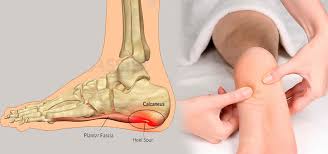

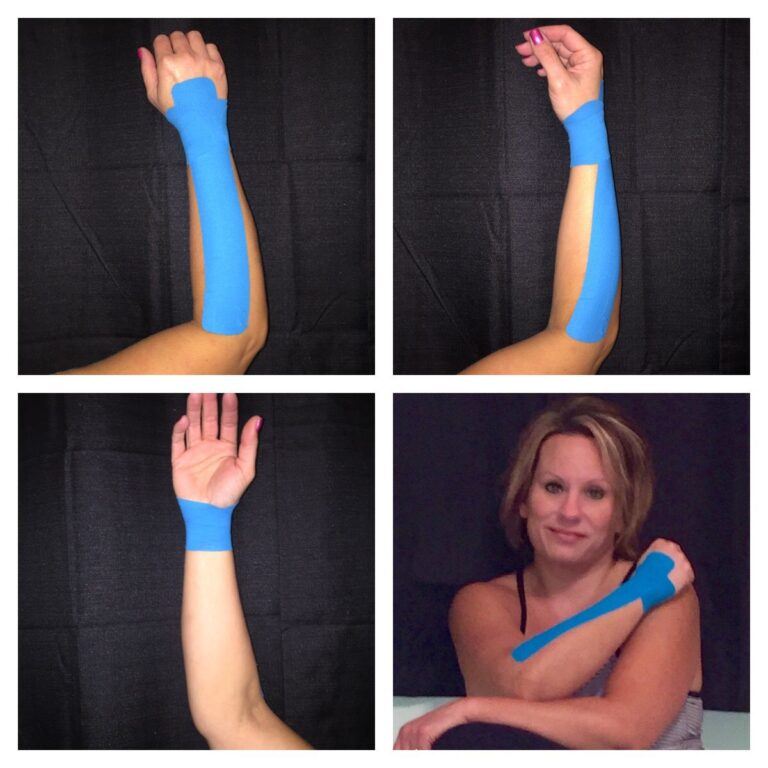
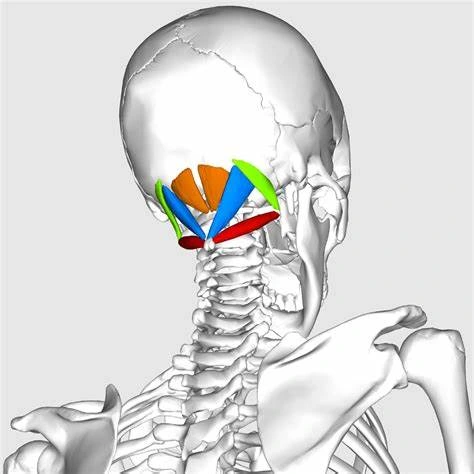

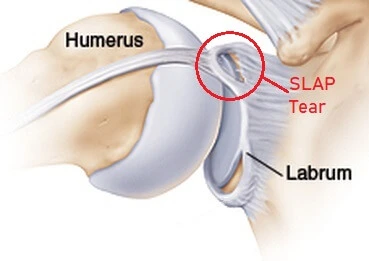
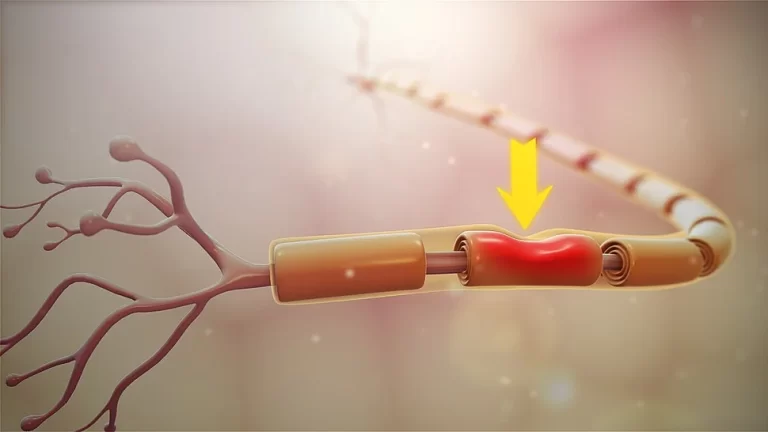
16 Comments